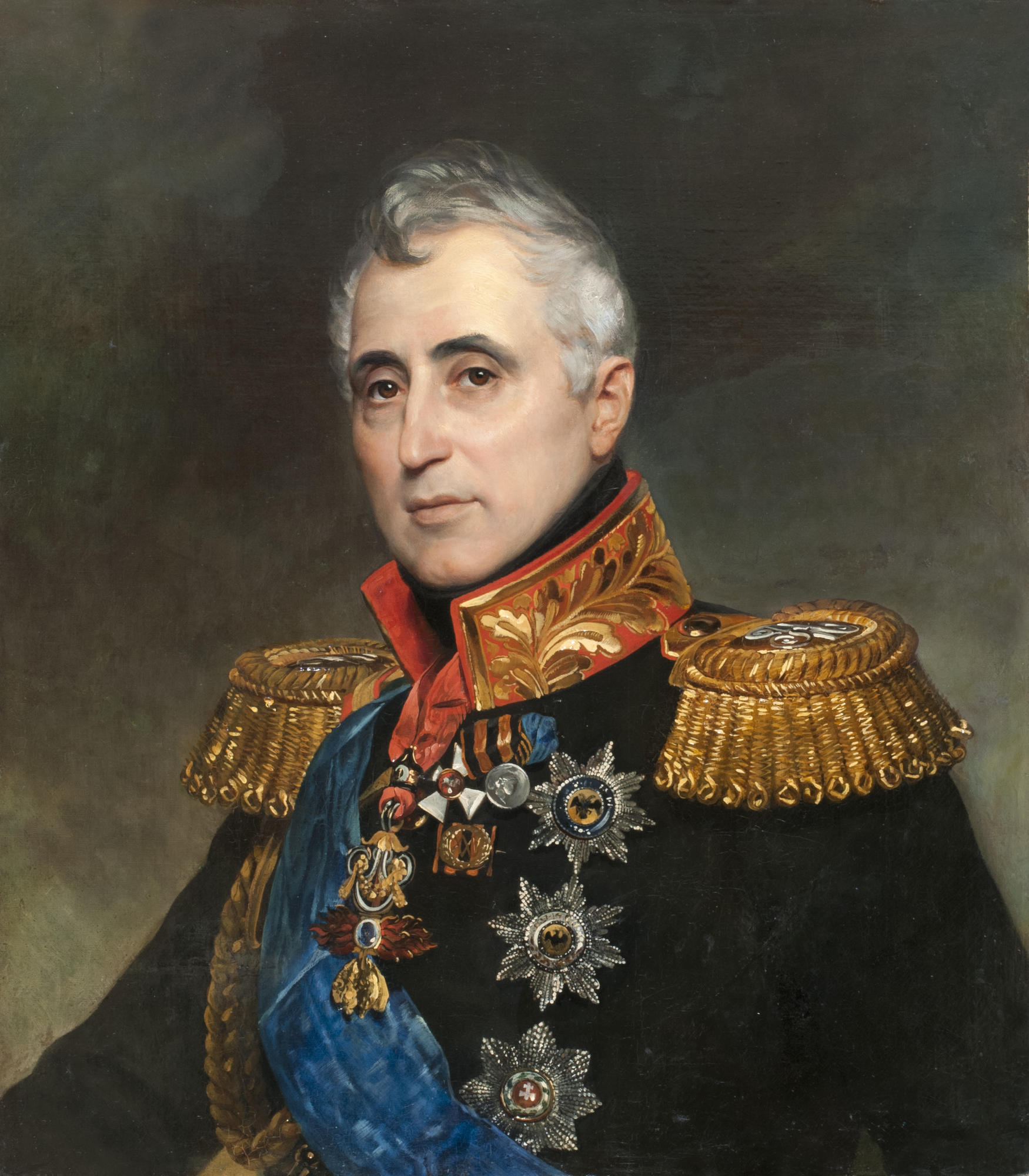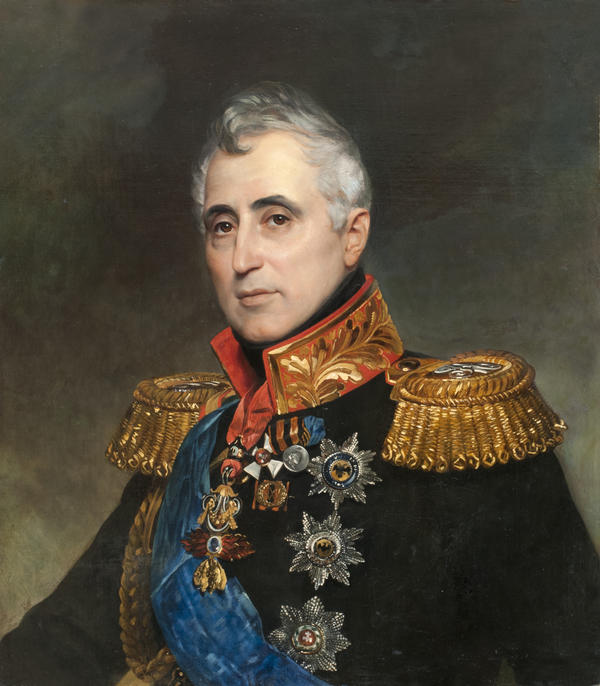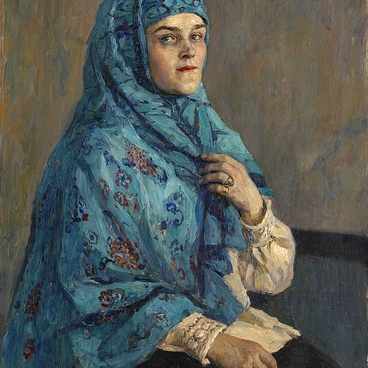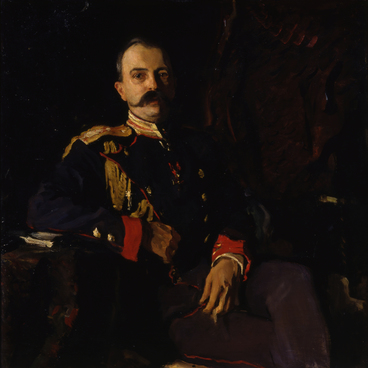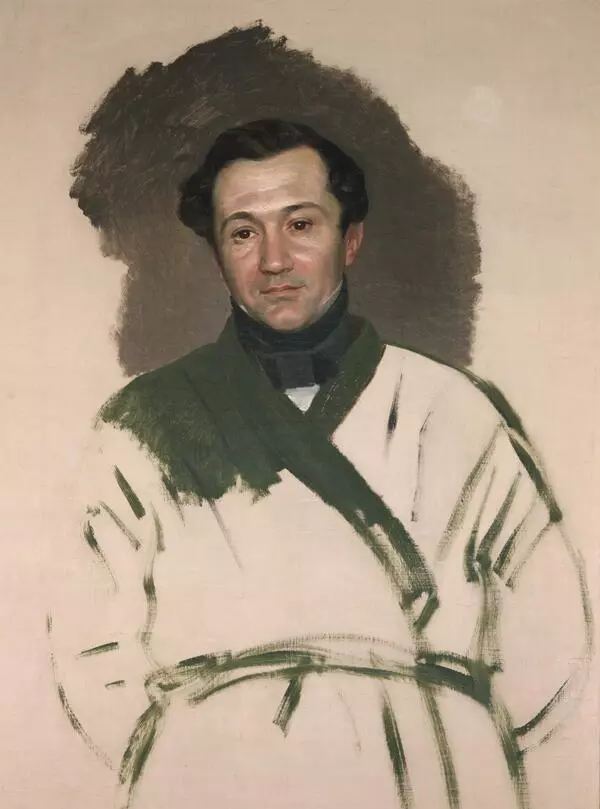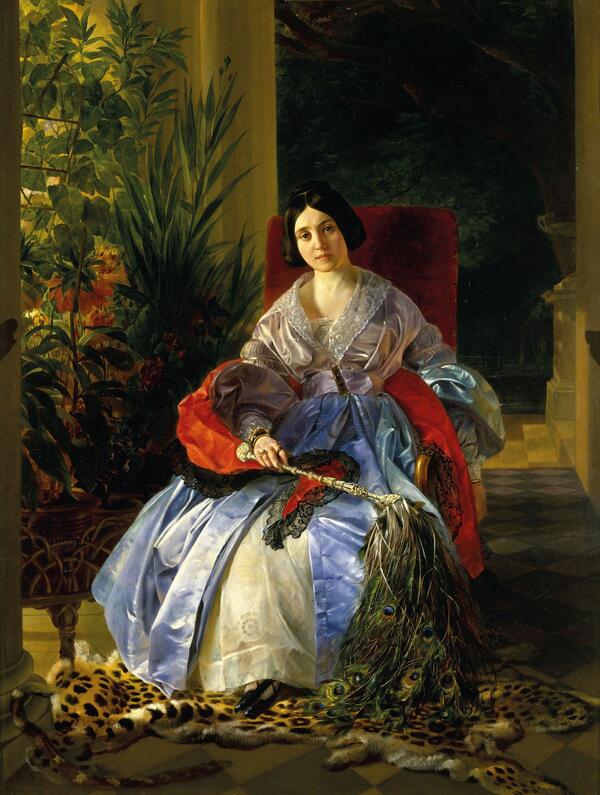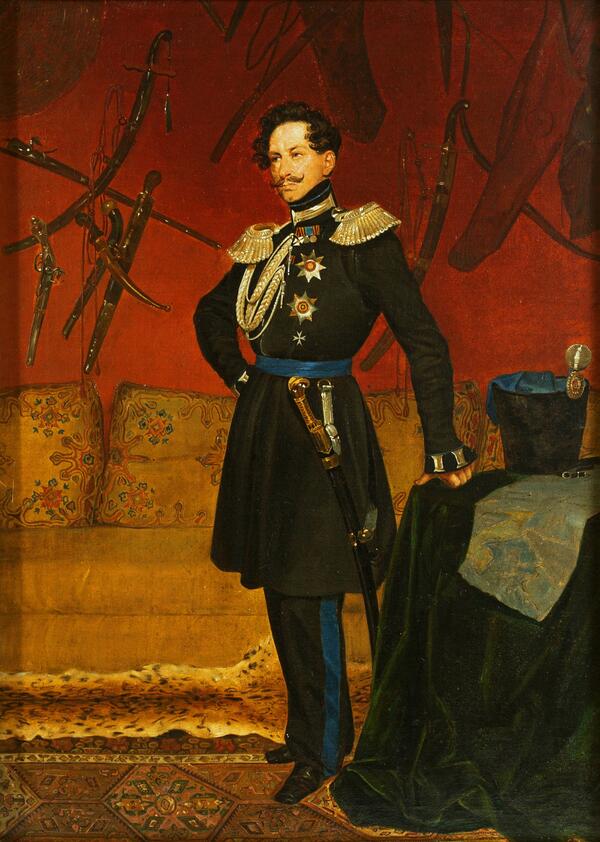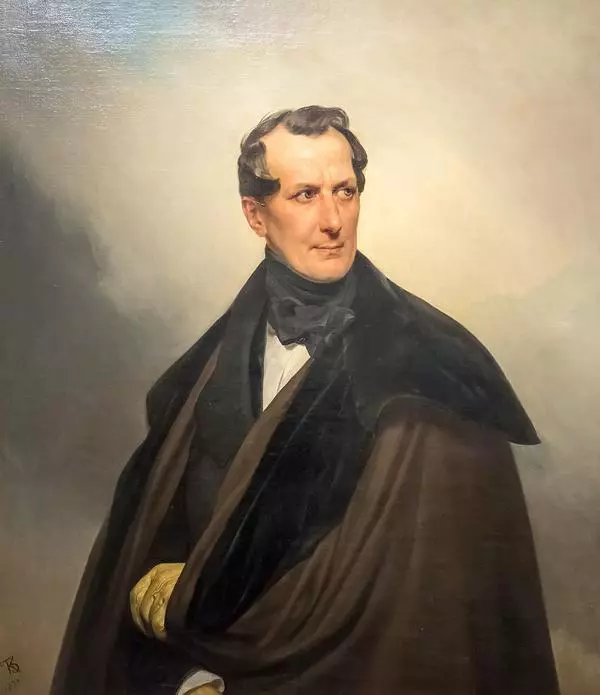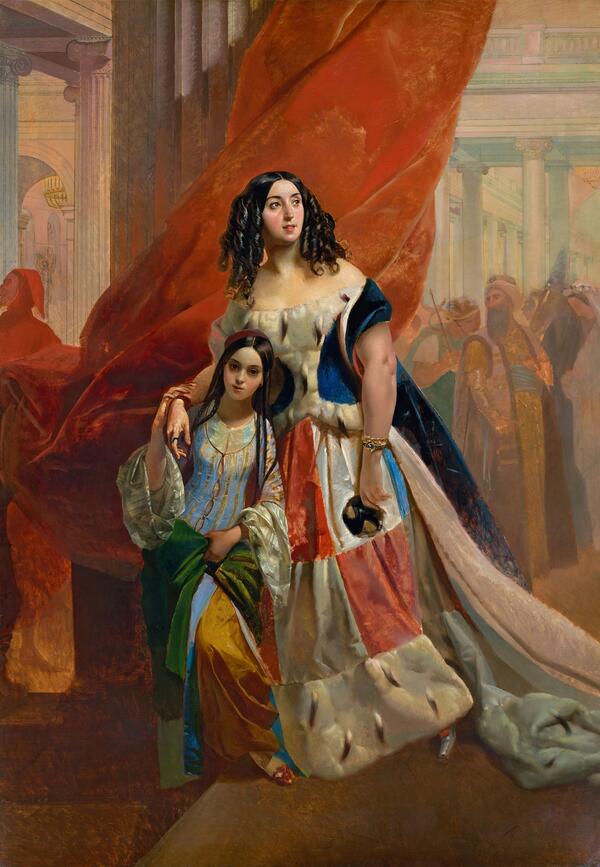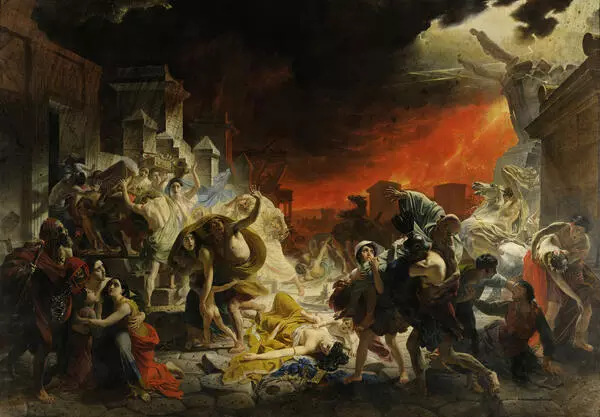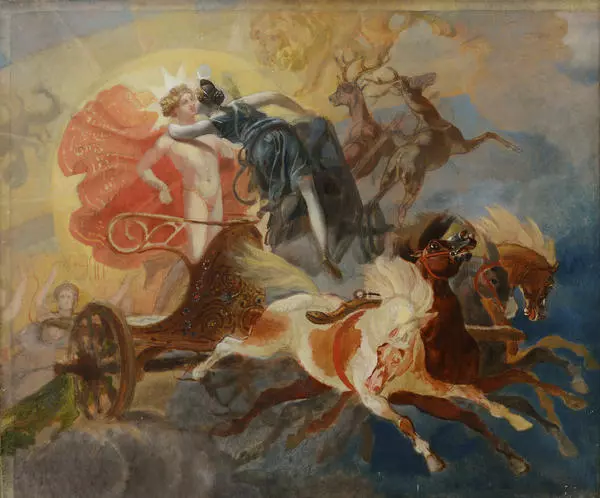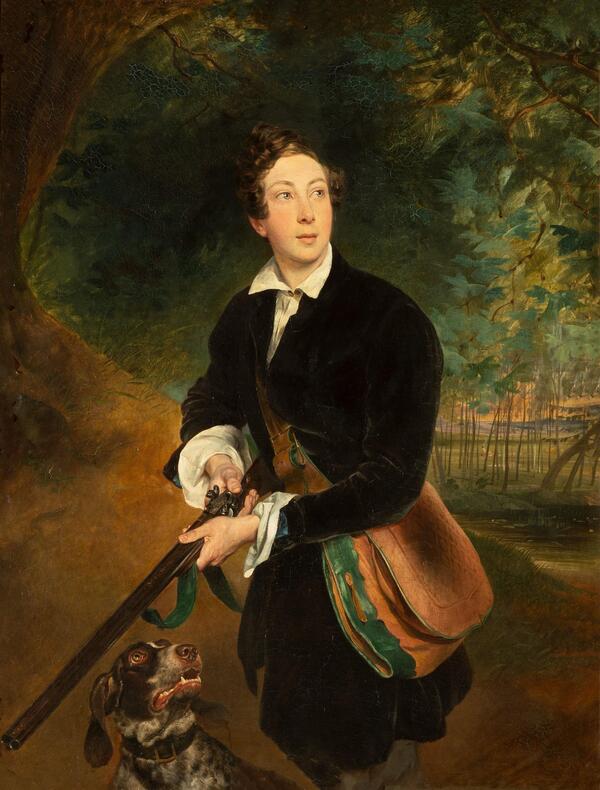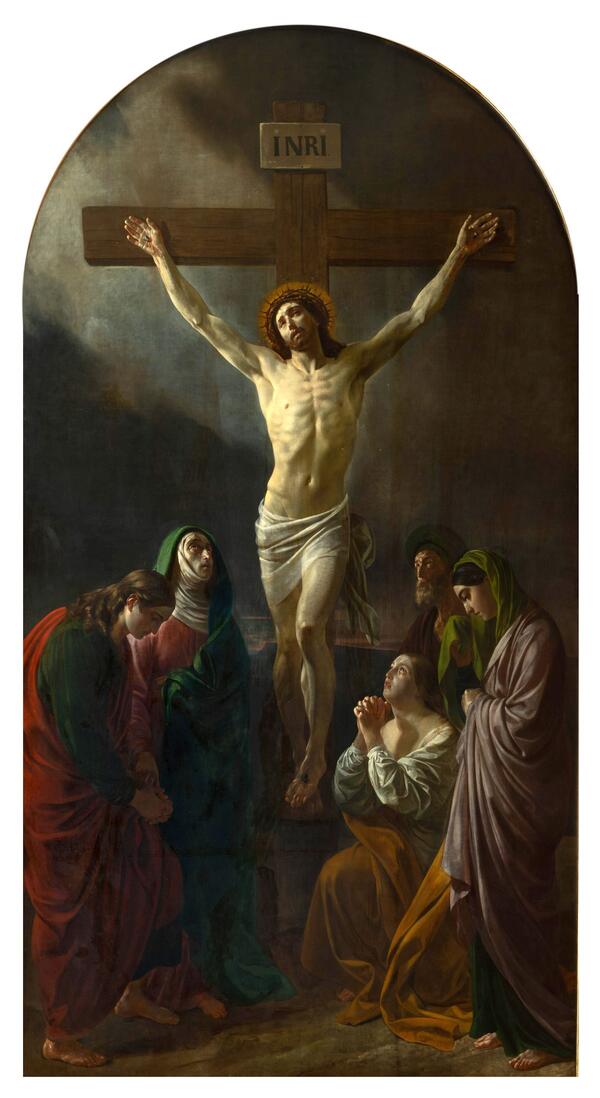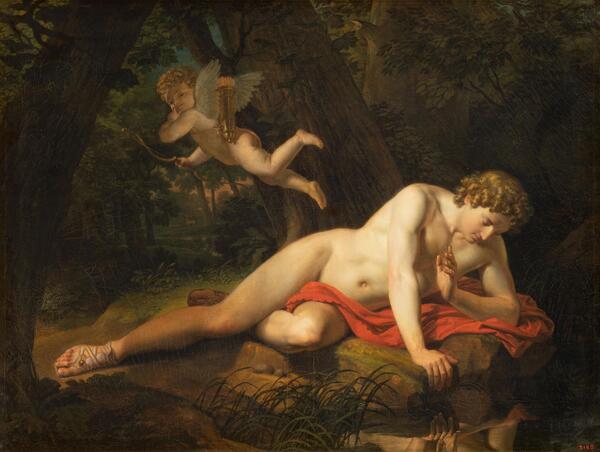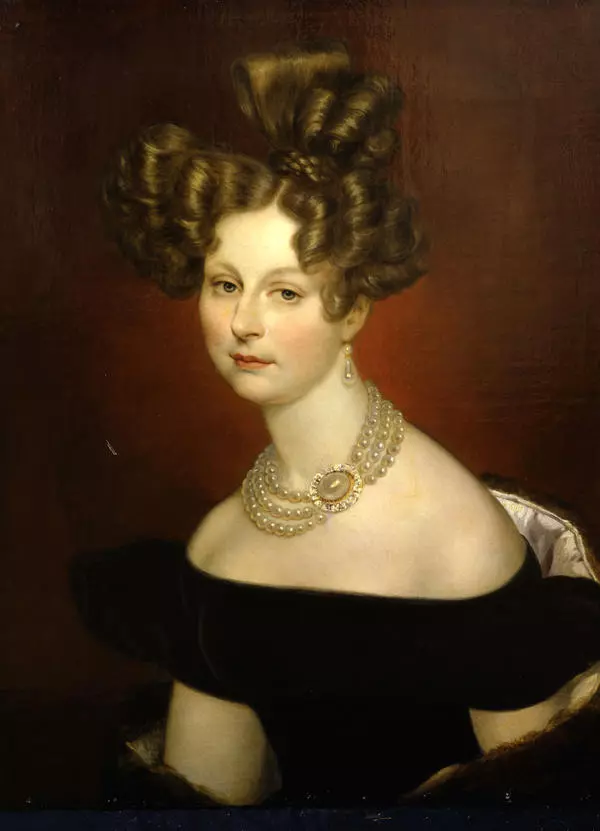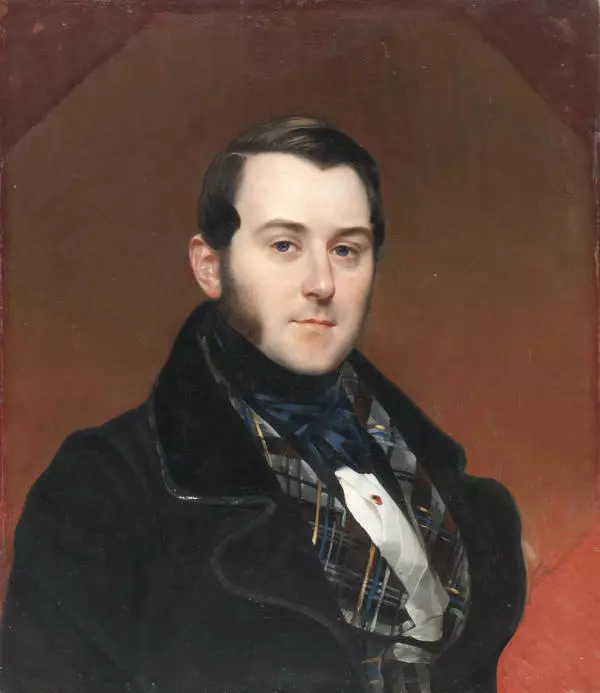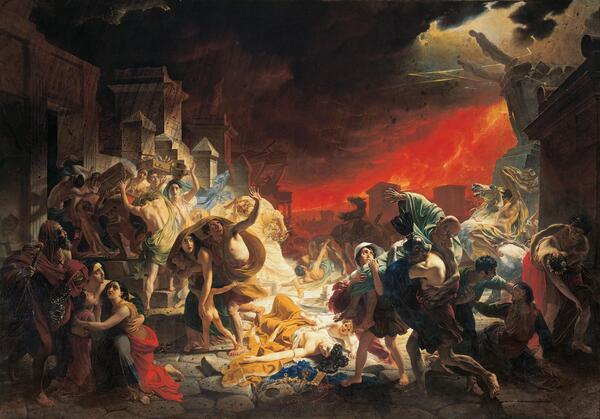Karl Bryullov painted this portrait in 1834. He portrayed Count Carlo Andrea Pozzo di Borgo, an Italian diplomat and politician. Presumably, the artist created the picture in Rome or Milan, during the ‘Italian period’ of his career.
A Portrait of Count Carlo Andrea Pozzo di Borgo
Creation period
1834
Dimensions
71x63 cm
Technique
Oil on canvas
Collection
4
Open in app#3
Bryullov K.P.
A Portrait of Count Carlo Andrea Pozzo di Borgo
#2
#5
Bryullov was born in 1799 to a family of sculptor Pavel (Paul) Brulleau. He enrolled to the Academy of Arts in St. Petersburg, and, when still a student, he already had commissions for portraits of his contemporaries. After graduation, the artist went to Europe to study painting under overseas masters. From 1823 to 1835, Bryullov lived in Italy.
#4
The artist’s style was largely influenced by Italian tradition. When abroad, he worked a lot, creating large genre tableaus, watercolor sketches, and portraits of people of his generation. The works of that period reveal one of Bryullov’s distinguishing features — attention to detail in the paintings.
Another important peculiarity of the portraits of Bryullov’s Italian period was the ability to expose psychological characteristics of the sitter. The artist tried to provide an insight into his sitter’s inner world through everyday minutiae, colors, and painting techniques. The portrait of Count Pozzo di Borgo is an example of that endeavor.
#6
The author outlined the count’s silhouette against a neutral green and grey background. In the painting, the Italian diplomat is dressed in a general’s black uniform with an embroidered golden collar. He has orders on his chest and epaulettes (ornamental shoulder pieces) on his shoulders. These are significant details of a ceremonial portrait. They give evidence of the sitter’s high social status.
#7
To render the glistening of the diamonds on the orders and the embroidery in gold on the uniform, the painter used a complicated technique called glazing. He put several layers of pigment one on top of the other: first, the basic color, then semi-translucent shades. Therefore, these parts of the costume are the most prominent in the painting.
#8
In the portrait, the artist used a diverse color array, from black and brown to blue, red and golden. By juxtaposing the dark uniform and the bright details (golden epaulettes, the bright blue order ribbon), Bryullov created an effect of solemnity about the portrait. At the same time, he used cold hues in order to capture the austere and restrained temperament of the Italian diplomat. The uniform emphasizes the count’s expressive sunburnt face. His vivid dark brown eyes look directly at the viewer, and there is no fatigue in his look. It is hard to believe that Pozzo di Borgo was nearly 70 at the time. .
#9
After Count Pozzo di Borgo’s death, all his possessions, including this picture, were inherited by a nephew. He passed it to the archives of the Foreign Ministry, at the request of Karl Nesselrode who was minister at the time.
#10
After the 1917 revolution, the portrait was moved to the State Museum Fund, from where it was transferred to the A.N. Radishchev Museum in Saratov in 1926.
#11
A.N. Radishchev Saratov State Museum of Fine Arts
read morehide
00:00
00:00
1x
A Portrait of Count Carlo Andrea Pozzo di Borgo
Creation period
1834
Dimensions
71x63 cm
Technique
Oil on canvas
Collection
4
Open in app
Share
